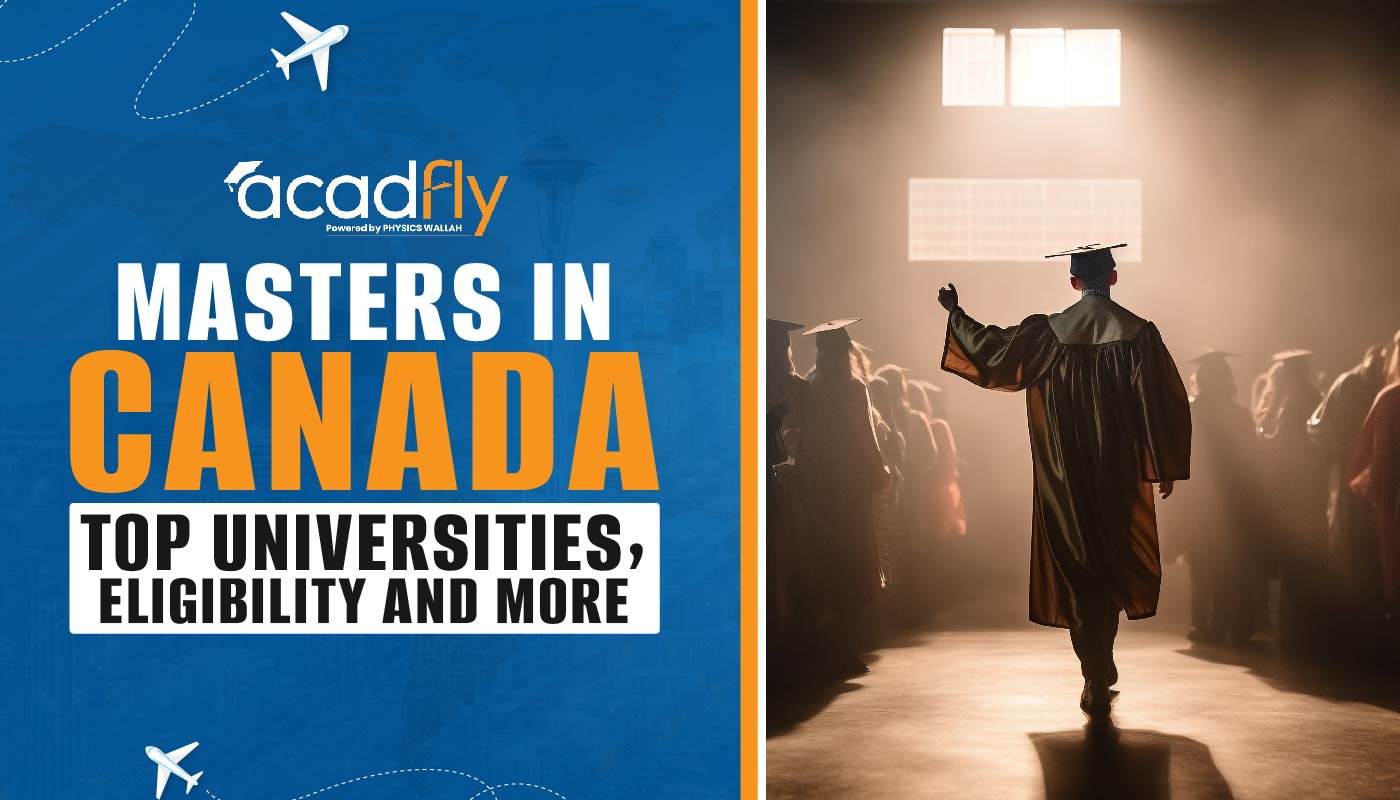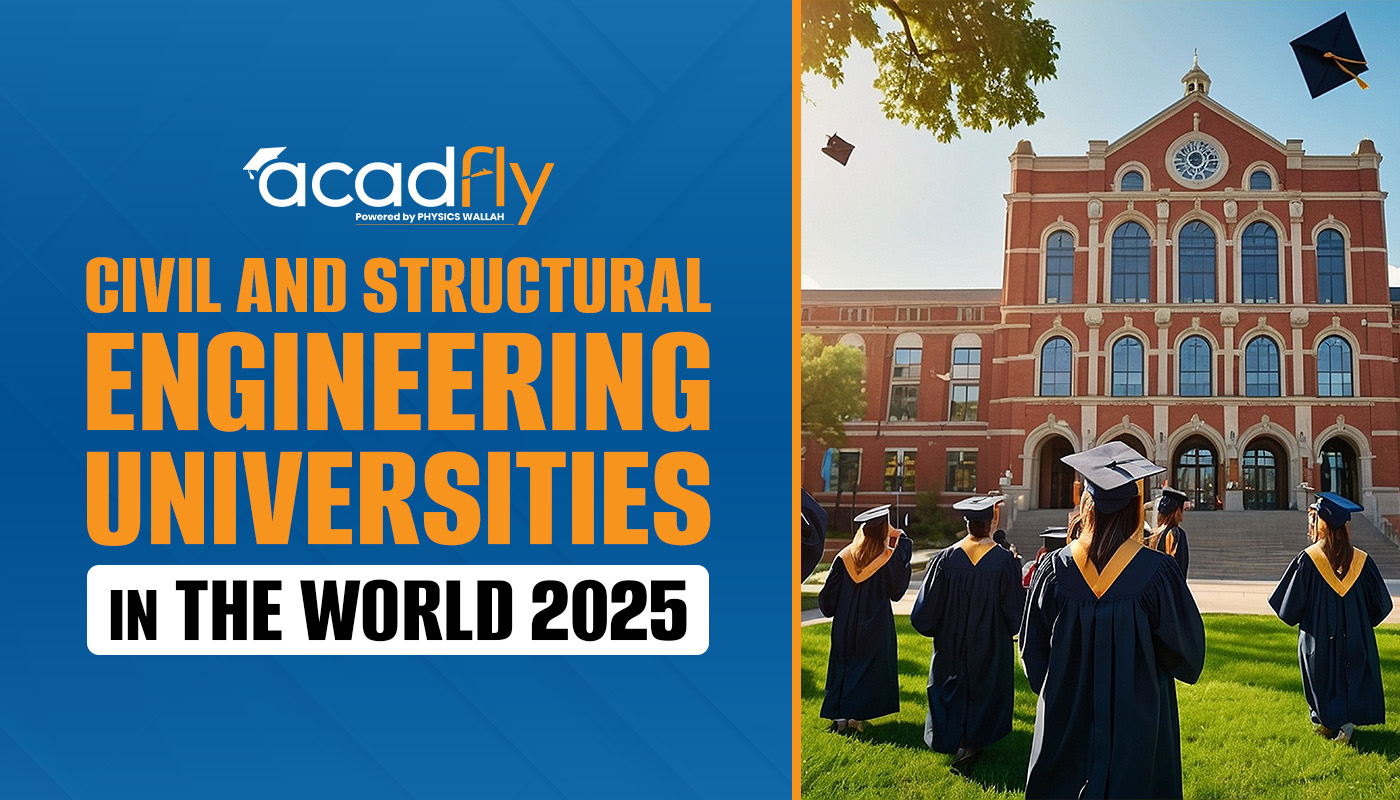
Applying for a student visa should ideally come next, once your preferred Australian university has sent you an acceptance letter. It might take several weeks to several months to get a valid Australian student visa for the length of the study programme. There may be delays when you resubmit your visa application for processing if the Australian immigration officials reject it for any reason. It can have an impact on when your course at the Australian university begins.
Do not take any risks if you are seeking additional information about how to obtain an authorised student visa in 2024! This blog explains the factors contributing to the Australian student visa rejection rate so you may steer clear of these blunders and guarantee a seamless and quick review of your application.
Analysis of Australian Visa Acceptance and Rejection Rates
The Australian government issued visas to an astounding 29% increase in overseas students in 2022–2023, which is a notable gain. Prospective overseas students can approach their applications with hope for the upcoming year if they have access to the most recent data on the Australia Student Visa Success Rate 2024 on the Department of Home Affairs website!
This extensive resource explores the most recent data about the success rates of Australian student visas in 2024. We'll go over what influences approval, answer frequently asked questions like how likely it is to be granted an Australian student visa after being turned down, and provide you with useful knowledge to help you apply with confidence.
Let's start by examining the success rate for Australia study visas. For both local and foreign study visa applicants, the Australian government keeps separate information on the logistics of student visas.
In general, the success rate for student visas to Australia remained consistent between 2017–18 and 2020–21. Despite the pandemic's early effects in 2019–20, the total percentage of Australian student visas granted rose to 96.8% in 2020–21. The primary cause of this 4.7% increase in overall success rates was a decline in foreign visa applications relative to more steady domestic application rates.
For the 2022–2023 academic year, the Australian government issued visas to over 263,800 foreign students. Compared to the 2022–2023 programme year, the success rate for Australian student visas in 2024 is 13.3% higher.
Latest Updates on Analysis of Australian Visa Acceptance and Rejection Rates
In February 2024, the number of overseas students studying in Australia reached an astounding 713,145, indicating a notable increase in the number of student visa applications that were granted. Significant modifications were made to the way Australia granted student visas in the financial year 2024. More specifically, 85.1% of student visa applications were granted between April 1 and June 30.
-
This remarkable number correlates to positive success rates for Australian students pursuing their academic goals, giving them newfound motivation to pursue their goals.
-
Student visa acceptance rates have returned to pre-pandemic levels with the relaxation of travel restrictions brought on by the COVID-19 pandemic, especially for full-time registered programmes (Subclass 500).
It is important to remember, nevertheless, that immigration laws can change. To keep informed of any future changes, make sure you are always referring to the most recent information and regulations from the official Department of Home Affairs website.
While knowing the general success percentage for Australian student visas in 2024 is a fantastic place to start, it's also critical to weigh the risk of rejection. Below is a summary of the most recent information:
|
Sources |
Success Rate |
Rejection Rate |
|
Thepienews (Subclass 500 visa) |
89.99% |
11% |
|
UniZcco (based on FY 2024 data) |
85.1% – 86.7%(est) |
13% |
|
Student Visa (based on FY 2023) |
87%(est.) |
11% |
|
University Worldnews |
82% |
8% |
Australia's Student Visa Rejection Rate
Regarding the rate of rejection for Australian student visas, there has been a decrease in the number of visas awarded for 2022–2023 compared to 2021–2022. On the whole, nevertheless, approval rates have increased. In this case, the slope and drop are arbitrary and vary depending on the circumstances and the passage of time.
The global health crisis had a devastating effect on every industry, including education. As a result, it also altered the dynamics of the rejection rate for Australian student visas.
Indian Student Visa Rejection Rate for Australia
There have been occasions in the past where the number of visa rejections for Indian applicants has increased. However, the reality is that everything hinges on how well your application is written. You will be granted a student visa if you meet all requirements set out by the Australian government and university.
The percentage of Indian applicants who are refused for student visas is a subject of debate, but in 2023, 1 in 5 of them were denied a visa.
Chances of Getting an Australia Student Visa After Refusal
Rejecting an application for an Australian student visa is not fun for anyone. You might make some foolish mistakes that cause this, but now that you know the five primary reasons why Australian student visas are denied, you can definitely steer clear of any potential blunders.
Let's be realistic, though, and suppose that despite all the important factors, your visa is still denied. This may be the result of an error on the part of the Australian government, which is unlikely but not impossible.
Then, what can be done? What choices do you have? It might be frightening and perplexing in this kind of circumstance, but relax—we've got you covered.
You have the option to apply for the same or a different kind of visa at any time if your student visa is denied while you are travelling outside of Australia. You can apply for a new student visa at any time; however, keep in mind that the data and supporting materials you submit for your next application will influence whether or not it is approved. Plan appropriately, then. It is important to avoid making the same mistakes twice. Make sure everything is double checked before resubmitting.
Australian Visa Fees
Let's discuss the visa cost for your study abroad experience in Australia. Below is a summary of the key elements:
-
Main Application Fee: For a Subclass 500 visa, the main cost connected with an Australian student visa is the visa application fee. This cost is now estimated to be ₹38,573 as of late 2023/2024.
-
Important Reminder: This is only the beginning. There can be other expenses to account for, such as character certificates, health evaluations, and any required document translations, depending on your specific situation. When preparing your budget for your student visa application, don't forget to account for these potential costs.
How to Reapply after a Student Visa Rejection
If your initial application for a student visa was denied, you are eligible to reapply as long as you satisfy the requirements and resolve the difficulties that caused the original denial.
In order to reapply for a student visa, you have to:
-
Examine the Reject: Try to find solutions for issues like misplaced documentation, bad English, or the wrong course or university.
-
Get yourself ready completely: Gather current, original, and additional supporting documentation to firmly support your application.
-
Apply online: Use the Department of Home Affairs website to submit your new application after paying the cost (AUD 620).
-
Hold off on the processing: Visa processing might take anything from a few weeks to many months.
-
Final Product Acceptance: You will shortly receive a formal letter with all the information awarding your visa.
-
Rejected: You can investigate other travel or visa alternatives or ask the AAT to reconsider the ruling.
Conclusion
Most of us choose to ignore these issues, even if the majority of the stated grounds for denying a student visa may appear insignificant. In order to guarantee the efficient processing of your Australian student visa application and raise the success rate of Australian student visas in 2024, bear in mind these guidelines and steer clear of these blunders.
FAQs
1. What is Australia's success rate with visas?
In higher education, the success rate is around 23.3%; in vocational and educational training, it is 18.9%; in postgraduate courses, it is 11.8%; and in the ELICOS sector, it is 82.8%.
2. Why are visas for Australians being denied?
Applicants for Australian tourist visas typically receive a letter of denial indicating that they do not have enough money. Your application can be denied if you are unable to provide sufficient documentation of your finances or lack the knowledge necessary to show that you have enough money to pay your stay and living costs in Australia.
3. Can someone who has been refused an Australian visa?
The applicant is entitled to reapply if their application for an Australian visa is denied. But, it's crucial to consider the reasons for the rejection and deal with the problems that caused it before reapplying.
4. Which visa for Australia is the easiest?
Many people believe that the Subclass 189 visa is one of the easiest routes to permanent residence in Australia. It is intended for skilled workers who do not have family, state, or company sponsorship.
5. What is Australia's success rate for visas?
The applicant's circumstances determine the success percentage for Australian student visas. The current success percentage for student visas is between 85.1% and 86.7%.
6. Why is a visa rejected by Australia?
A: There are several reasons why a visa application might be rejected, even though many of them are granted. A denial may be based on a variety of grounds, such as ineligibility, a dearth of supporting documents or proof, character,problems, health issues , or fake documentation.
Frequently Asked Questions









